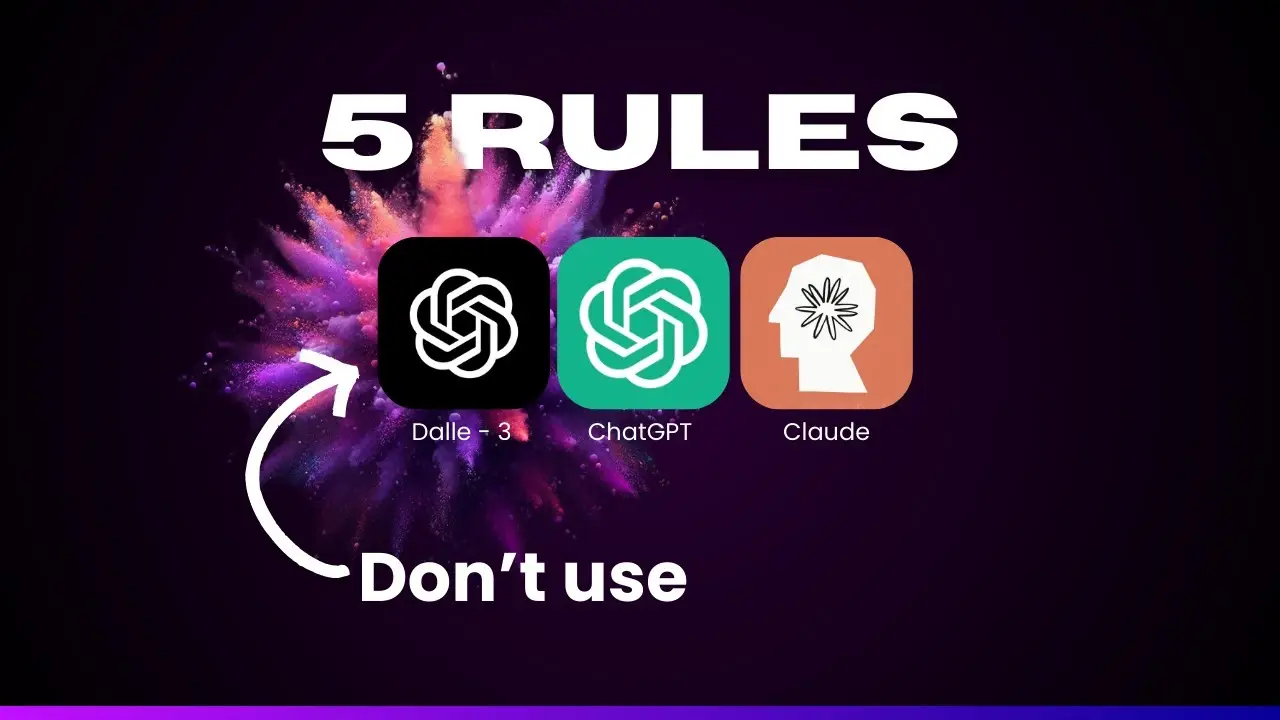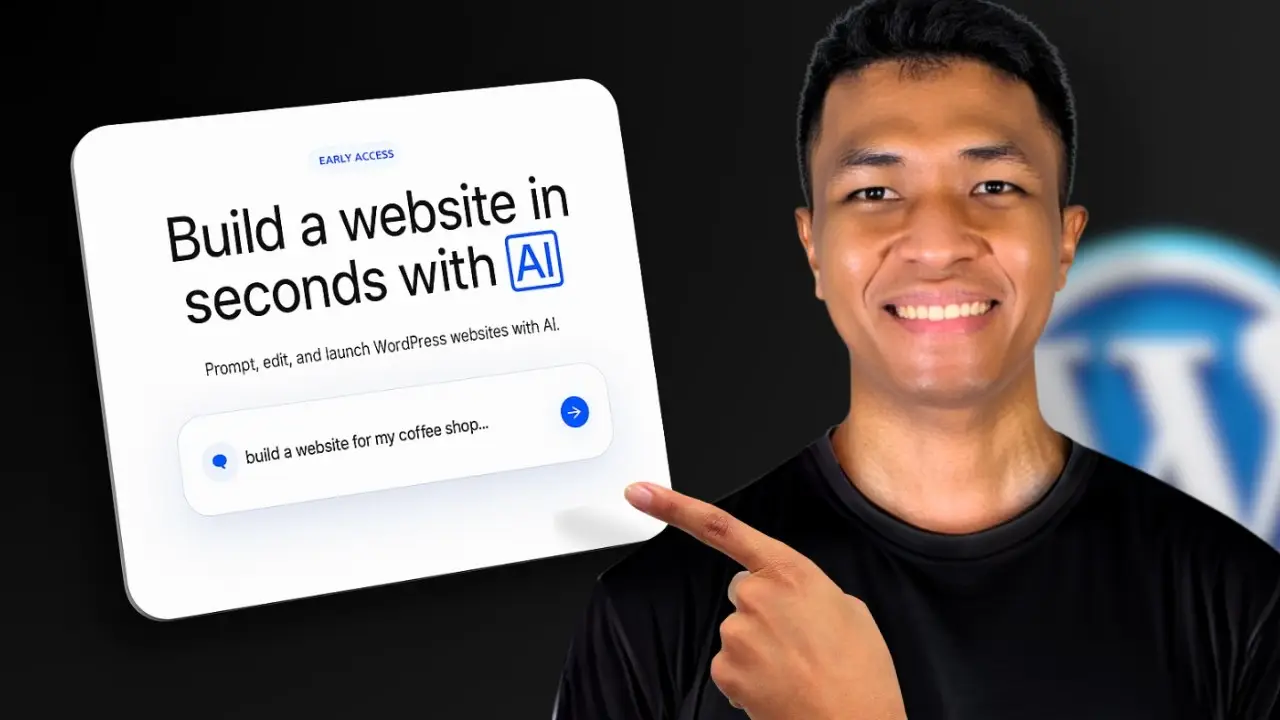- Authentic images are crucial for credibility and user engagement
- Internal and external links enhance navigation and SEO
- Personal touches like opinions, jokes, and memes make content more relatable
As much as I love AI, there are some gaps that can only be filled by human ingenuity. After you’re done creating an article using ChatGPT or Claude, the task is far from over. There are some elements that you better have in your article, and I’m not talking about adding an FAQ section, bullet points, or tables. Those are great, but they can be infused directly into the prompt. Instead, I’m going to show you some key elements that you should have in your article. These elements are so important that if you don’t have them, then all that work and prompting doesn’t really matter.
Let’s dive into the essential elements that will take your AI-generated content to the next level.
Create Authentic Images
Let’s start with something that’s quite obvious but often overlooked: creating authentic images. If you’re using third-party services to generate AI articles, many of them offer a sub-service that lets you create AI images based on your content. Most of the time, they’re using models like DALL-E or Stable Diffusion because they’re affordable. However, the problem with these models is that they’re not very good at generating high-quality images. It really depends on the quality of the prompt, and in most cases, it’s only good for illustration.
If you need something more technical or specific, you’re better off using your own images. Let’s say you’re running a travel guide and want to cover Vietnam. Technically, you could generate an AI image to showcase the landscape, but it won’t be very detailed or feel authentic. AI-generated images often have limitations, such as improperly rendered human limbs, especially fingers, and they can’t show text or numbers accurately.
Instead, I highly recommend using your own images. If you’ve visited Vietnam, put your picture in the article. Even if the photo has a lower resolution or quality, or you’re not happy with how you look, it’s significantly better than using an AI-generated image. It provides value to your article and makes it more trustworthy.
This principle applies to other niches too. If your website is about software like Photoshop or GIMP, show real screenshots. AI images simply can’t generate accurate screenshots – that’s something only a real human can do.
If you still insist on using AI for illustration or decoration (which I sometimes do), be careful with the prompting and select the best model. I recommend avoiding DALL-E 3 and Stable Diffusion because the quality of their images doesn’t meet my standards. Instead, try Midjourney (a paid service) or Flux AI (open-source). You can run Flux AI for free a few times a day on websites like Hugging Face.
The key takeaway here is to use authentic pictures whenever possible, even if they’re lower quality. They’re still better than AI images. If you must use AI images, opt for higher-quality models like Midjourney or Flux AI.
Insert Internal and External Links
Now, let’s talk about something crucial but often overlooked: inserting internal and external links into your article. Depending on the AI you’re using, there might be some browsing capability that allows it to crawl the internet and theoretically insert relevant links. However, I still encourage you to double-check everything because sometimes the AI might not give you the correct link. It could provide random links that don’t exist or make up links from other websites – a common problem with AI hallucination.
For internal links, sometimes there are pages I want to link to, but the AI isn’t smart enough to detect their relevance. In many cases, I have to manually link those pages into my article, which is perfectly fine because it’s something that only a human can do effectively.
One great example of effective internal linking is Skinstar. If you visit their blog, you’ll notice their articles usually have many internal links. I believe they add these links manually, intentionally placing them based on context. This approach makes the article look richer and helps visitors navigate to other pages on the website. It also improves dwell time, which is an SEO ranking factor.
The best part about adding links is that it’s easy. You just need to spend a minute or two adding relevant external and internal links to your article. Always make sure to do this – it’s a simple yet effective way to enhance your content.
Add Social Proof and Personal Touches
Let’s consider a hypothetical scenario. Imagine you’re running a travel guide website and you’ve visited many countries, including France. You want to write about Paris, but instead of praising the city, you’re sharing a less-than-stellar experience. Maybe you found Paris disappointing – overcrowded, expensive, or not as picturesque as depicted in movies.
This is where social proof can be incredibly powerful. You could go to Twitter and search for keywords like “Paris disappointing” or “Paris overrated.” Take screenshots of tweets that agree with your perspective and include them in your article. These screenshots strengthen your argument, showing that you’re not alone in your opinion. It makes your article more trustworthy and gives your opinion more weight.
This technique isn’t limited to travel content. It works great for testimonials if you’re selling a product or service. Displaying positive social media posts about your offerings can significantly boost your credibility.
But don’t stop at social proof. Add your own opinions, suggestions, jokes, and even memes. These personal touches are what AI often can’t replicate effectively. Many AI companies safeguard their models to prevent potentially harmful or offensive content, which often includes jokes or memes. However, as humans, we joke around all the time, and when done correctly, it’s usually okay.
Infusing jokes or memes into your article can make it more relatable and engaging. Using our Paris example, there are countless memes about the city’s less glamorous side. Including these can make your content more realistic and relatable, improving reader engagement.
Make Your Content Visually Appealing
Now, let’s talk about presentation. Imagine two identical articles with the same wording and information. One is plain text, while the other is beautifully formatted with headings, colors, and visual elements. Which one would you prefer to read? Most people would choose the visually appealing version.
Decorating your content makes it more scannable and engaging. Most online readers don’t read every word; they scan for interesting bits. By making your content visually appealing, you encourage people to stay longer on your page. Google can tell the difference between low-effort and high-effort content, and high-effort content is valued more.
If you’re using WordPress, the Gutenberg editor is your friend. It allows you to decorate your article with background colors, shadows, and other design elements. You can make your content look almost like an infographic, which is amazing for a text editor.
For more tips on using the Gutenberg editor to enhance your content’s visual appeal, check out this guide on creating responsive pros and cons tables in WordPress. It’s a great way to start making your content more visually engaging and user-friendly.
Conclusion
Creating compelling web content isn’t just about generating text with AI. It’s about adding those human touches that make your content unique, credible, and engaging. By incorporating authentic images, strategic links, social proof, personal opinions, and visual enhancements, you can transform AI-generated content into something truly valuable for your readers.
Remember, the goal isn’t just to create content, but to create content that resonates with your audience and stands out in the crowded digital landscape. So, before you hit publish on your next AI-generated article, take a moment to infuse it with these human elements. Your readers – and your website’s performance – will thank you for it.






